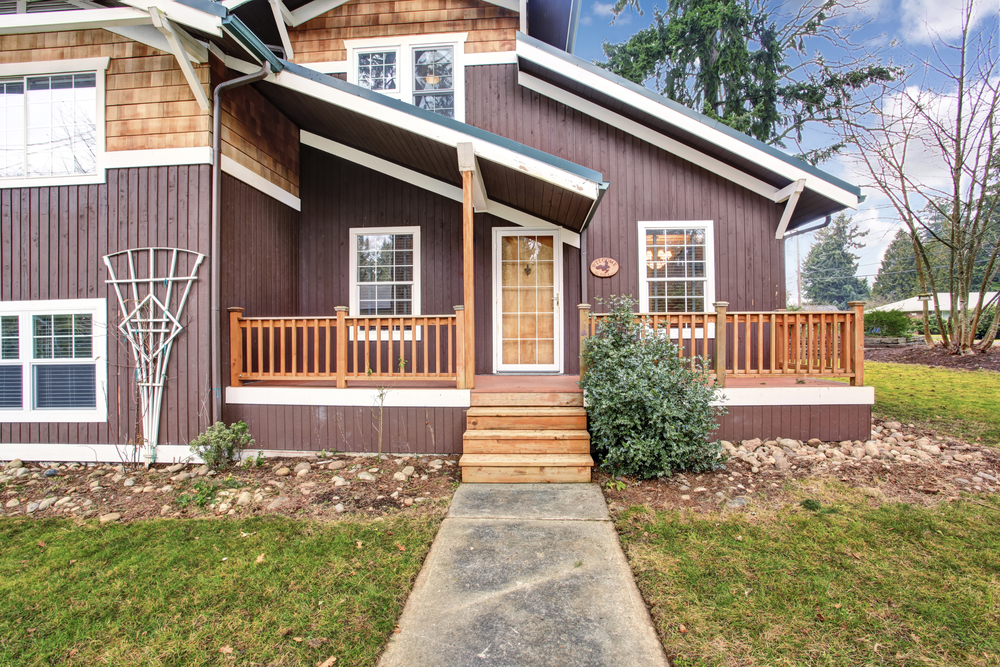If you’ve never heard of concrete leveling, you’re not alone. Many homeowners first learn this term when researching repair methods for an uneven, sunken or cracked concrete slab.

Because this repair method may be unfamiliar to you, you may question whether it really works. The short answer is yes. In fact, concrete leveling, also known as slabjacking, has been successfully used for concrete repairs since the 1930’s.
If you’re still skeptical, it may be helpful for you to learn more about how the process works.
Looking at a badly cracked or sunken slab, you may believe that replacement is the only option. Slabjacking may simply seem too simplistic. How could drilling just a few small holes and injecting a cement slurry or polyurethane foam possibly fix major slab damage?
To help you understand, consider the cause of your concrete damage. In most cases, slabs sink and crack because of changes in the underlying soils. Weak bearing soils, poor compaction, increased moisture and frost heave all affect the integrity of the soil below.
Over time, soil settlement creates voids or empty areas beneath the slab. Without that support, the heavy concrete sinks, resulting in cracks and degradation. Slabjacking works because the process fills those voids, stabilizing the soil below. As the material is injected, the resulting pressure lifts the slab and returns it to an even position.
After the cracks and injection holes are caulked, the repair is nearly invisible.
Won’t a fresh new slab last longer than having a repair done? You may think newer is better, but when that’s not true when it comes to fixing concrete damage.
If you elect to replace your slab, the new concrete will be poured right on top of the existing soil foundation. Unless you spend the necessary time and money to excavate, refill and compact the soil, those voids will not be stabilized. As a result, the new slab will settle and crack just like the old one.
Slabjacking repairs last longer than slab replacement in most cases, because they address the underlying cause of the damage. Pouring a new slab will give you the results you want for a time, but slabjacking is ultimately more dependable and durable.
Slabjacking typically costs at least 50 percent less than pouring new concrete. For many homeowners, that price sounds too good to be true.
But, when you think about it, the lesser cost makes sense. Concrete leveling is a much simpler job than slab replacement. To replace your slab, the old material must be broken out and hauled away. Forms must be built, and concrete must be trucked in, poured and finished. Slabjacking takes much less time – usually less than half a day.
Slabjacking does work, as our years of satisfied customers will tell you. In fact, it may be the perfect solution for your damaged concrete. To learn more, contact Lift Right Concrete LLC. With convenient locations in Grantsville and West Jordan, Utah, we look forward to scheduling your complimentary concrete leveling consultation today.